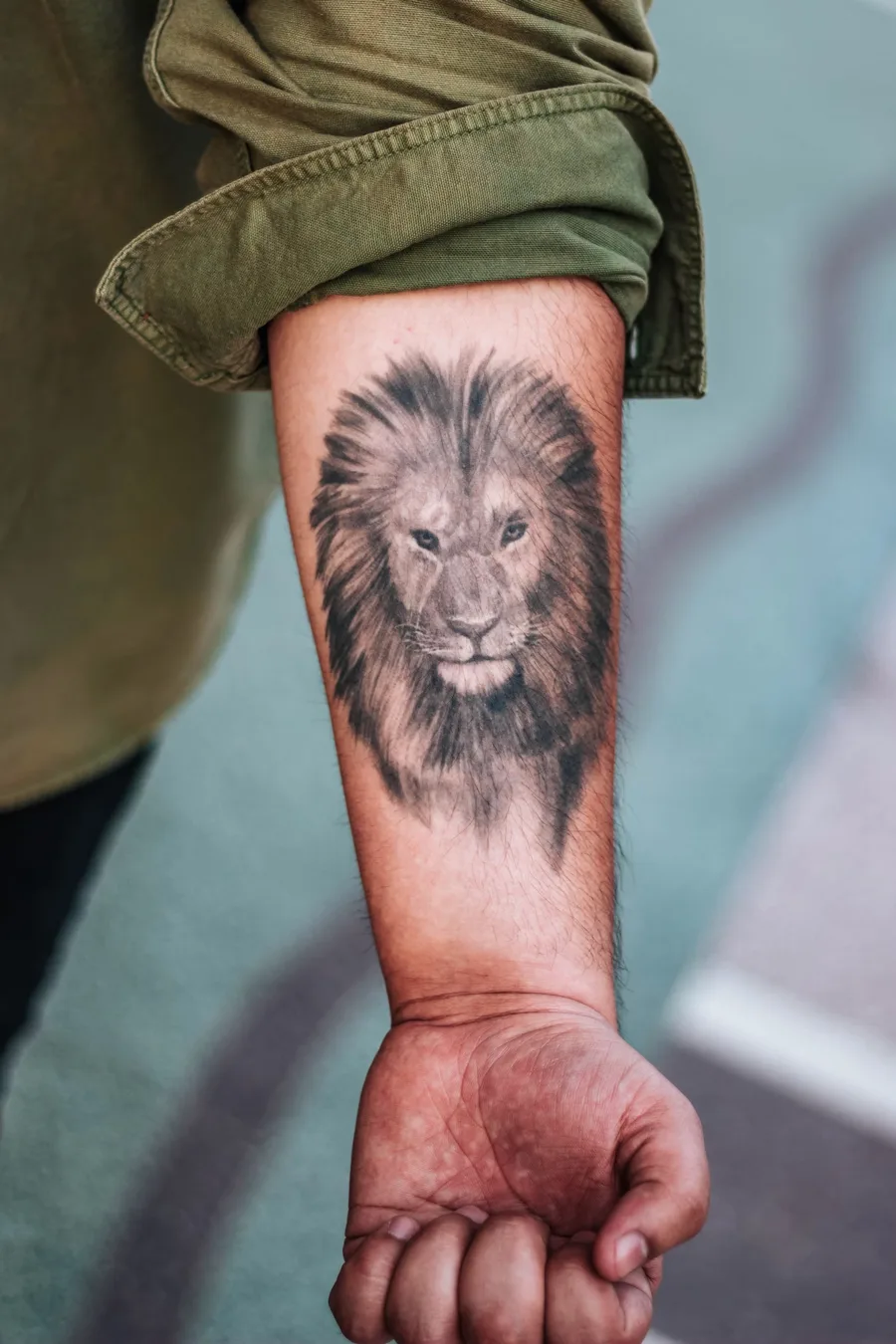3 minute read
Tattoos are a form of self-expression, a way to carry your stories and passions on your skin. However, maintaining their vibrancy and clarity over time can be a challenge. Common issues include allergic reactions, keloids, ink bleeding (also known as tattoo blowout), and ink fading. These problems can cause your tattoo to lose its sharp contours or even erase itself over time. How can you prevent these issues and keep your ink looking as fresh as the day you got it? Let’s dive in.

Research the ink
Before getting a tattoo, it’s crucial to research the ink your tattoo parlor uses. Different inks have varying hypoallergenic ratings and allergy risks. Understanding the type of tattoo ink used can help you avoid potential allergic reactions, which can lead to inflammation and keloids, a type of scar tissue. Look for tattoo parlors that use high-quality, hypoallergenic inks. Don’t be afraid to ask the artist about the specific brand and type of ink they use. Research online reviews and consult with others who have tattoos from the same parlor.
Prepare for the appointment
Preparation is key to preventing adverse reactions and ensuring your tattoo heals properly. Taking an antihistamine after your tattoo appointment can reduce the risk of allergic reactions. Antihistamines can help minimize swelling, redness, and itching, making the tattooing process more comfortable.
If you have a history of allergies, consider running an allergy test beforehand. This can involve a simple skin prick test or consulting with an allergist to determine if you have sensitivities to any common tattoo ink ingredients. Knowing your allergies in advance can save you from potential discomfort and complications.
Fixing faded tattoos
Even with the best care, tattoos can fade over time, especially in areas prone to friction and sun exposure, like fingers and hands. Fortunately, there are ways to restore your tattoo’s original sharpness. Many walk-in tattoo parlors offer touch-up services to retrace the faded contours. It’s advisable to visit a professional for this, as they can match the original ink and technique used.
Certain placements, such as finger tattoos, are more prone to fading and may require regular touch-ups. Discuss with your tattoo artist the potential for fading and plan for future maintenance sessions if necessary.
Addressing tattoo blowout
Tattoo blowout, where the ink spreads under the skin, causing blurred lines and a smudged appearance, can be particularly frustrating. Luckily, there are solutions to fix this issue. One option is laser treatment, which can remove the blurred ink and provide a clean canvas for a new tattoo.
Another approach is to get a new tattoo traced over the blowout to hide it. This can be a creative way to incorporate the old design into a new piece while maintaining sharp contours. A skilled tattoo artist can help design a cover-up that complements your original tattoo.
Ensuring your tattoo remains sharp and clean involves careful planning, from researching inks and preparing for your appointment to understanding how to fix issues like fading and blowout. You also want to understand the appropriate aftercare for your tattoo. Not following a safe aftercare routine can dramatically increase the risk of infection and further ink-related issues. Remember, keeping your tattoo looking good is all about teamwork between your tattoo artist and yourself. You both need to put in the work!




